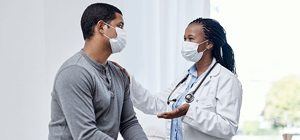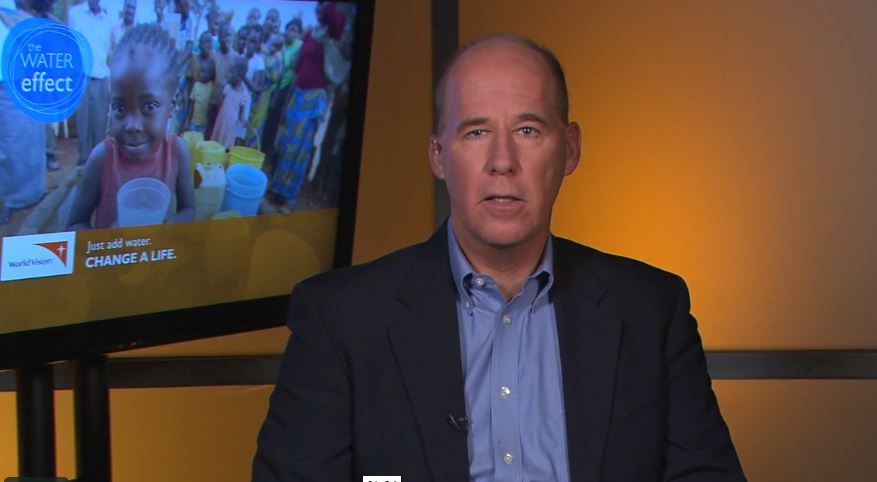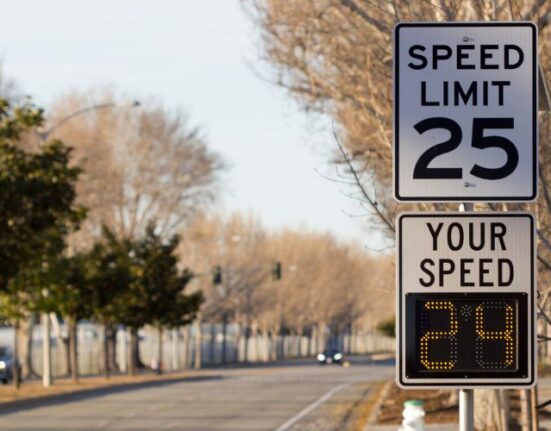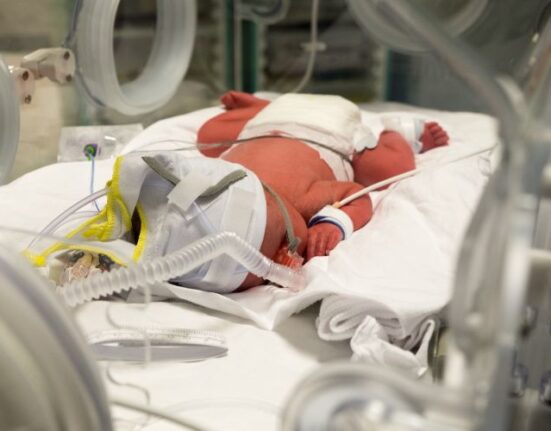Just One Disaster Could Trigger a Safe Drinking Water Crisis in Any U.S. City
We rarely imagine that a water crisis could hit the homeland, but if you think that what happens overseas couldn’t happen here in America, you’d be very wrong. It only takes one disaster, natural or man-made, to compromise our water supply. In fact last year, 400,000 people in Toledo, Ohio, were without safe drinking water for days due to toxic algae in the water supply. A chemical spill in Charleston, West Virginia, made water unsafe to drink for weeks.
In the United States, we usually take clean drinking water for granted, but as thousands of people learned during Hurricane Sandy and Hurricane Katrina where many drinking water systems were impacted, Americans are just one disaster away from gaining a quick understanding of what 748 million people around the world experience every day – the challenge of getting access to clean water.
In both U.S. disasters, World Vision responded and after Hurricane Katrina, it opened a 40,000-square-foot distribution center in Mississippi where $8.2 million in goods were distributed to more than 318,000 survivors.
World Water Day is March 22, 2015 and Dr. Greg Allgood, World Vision’s vice president of water, is on a mission to let the world know about the opportunity to solve the global water crisis. World Vision works in 100 countries around the world, including the United States, and is the largest nongovernmental provider of clean water in the developing world – reaching one new person with clean water every 30 seconds. The problem in the developing world is so severe that nearly 1,600 children under the age of five die each day from diarrhea caused by contaminated water, poor sanitation and improper hygiene – that’s more than AIDS and malaria combined.
Dr. Greg Allgood discusses:
- Ways World Vision helps to provide clean water worldwide
- Being on the frontlines of the global water crisis and the scope and impact – especially on women and children
- The latest advancements in reaching people in need with clean water
- Creative ways people can get involved to help provide clean water to someone in need around the world
- How to be part of solving the global water crisis in our lifetime
Dr. Greg Allgood is World Vision’s vice president for water. Allgood leads the establishment of alliances with corporations, foundations and individuals to enable World Vision to bring access to clean water to millions more people around the world. He holds a master’s in public health from the University of North Carolina at Chapel Hill and a doctorate toxicology from North Carolina State University. Prior to joining World Vision, Dr. Allgood created and led a global clean drinking water program that provided more than six billion liters of clean drinking water in the developing world and helped manage partnerships with the Clinton Global Initiative, the Bill & Melinda Gates Foundation, and other nonprofit organizations. Dr. Allgood is a frequent lecturer on public private partnerships, sustainability and safe drinking water in developing countries.
Quick Info/Stats on Global Water Crisis
- Globally, 1 in 9 people lack access to clean water.
- Women and children in sub-Saharan Africa walk 3.7 miles daily to collect water each day – that’s 20 million hours daily. Women and girls are responsible for water collection in 71 percent of households
- More than one-third of the global population lacks access to improved sanitation.
This interview is provided by World Vision, a non-profit organization

















